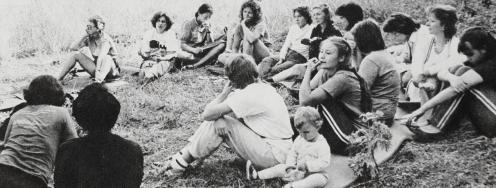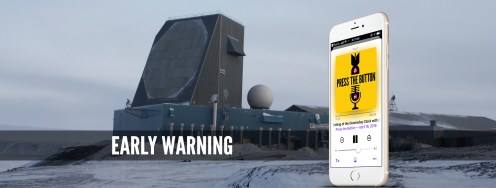The Path to 1,000 U.S. and Russian Nuclear Weapons
In the next round of nuclear negotiations, the United States and Russia "need to pursue much deeper cuts in their nuclear stockpiles and agree to a lower level of launch readiness." That's the argument that Bruce Blair, Victor Esin, Matthew McKinzie, Vakery Yarynich and Pavel Zolotarev make in "Smaller and Safer: A New Plan for Nuclear Postures," an article in the September/ October 2010 issue of Foreign Affairs.
Using computer models that pitted U.S. and Russian strategic offensive forces against each other in simulated nuclear exchanges -- and factoring in the impact of missile defense systems -- the authors determined that the U.S. and Russia can cut their arsenals to 1,000 warheads on no more than 500 deployed launchers each without weakening their respective security.
While lowering the number of total nuclear weapons in their arsenals, the U.S. and Russia should also take steps to remove nuclear weapons from hair-trigger alert, which allows warheads to be launched in just moments:
Given the recent surge of terrorism and nuclear proliferation, the liabilities of maintaining such quick-launch postures are only increasing. In the future, the danger of mistaken or unauthorized use or of the exploitation of nuclear weapons by terrorists is likely to grow rather than diminish.
The authors also urge U.S.-Russian cooperation on missile defense to maintain stability, especially as the countries draw down their nuclear arsenals.
After successful negotiations down to 1,000, in the next stage, "the United States and Russia could cut their arsenals to 500 nuclear warheads each in exchange for 50 percent reductions by the other nuclear weapons countries," the authors explain. Although this multilateral disarmament will put the world on a path to a safer and saner future, "even after these deep cuts, hundreds of cities would still remain at risk of catastrophic destruction in the event of a nuclear war."
The cuts in the nuclear arsenals of the U.S. and Russia must also be accompanied by a change in attitude: "both countries must be more open in assessing nuclear threats and the requirements of deterrence."
The authors conclude that this openness "could pave the way toward a safer and more stable world with fewer, and eventually zero, nuclear weapons."
Note: Bruce Blair is President of the World Security Institute and Co-coordinator of Global Zero, a Ploughshares Fund grantee. Matthew McKinzie is a Senior Scientist at the Ploughshares funded Natural Resources Defense Council.




